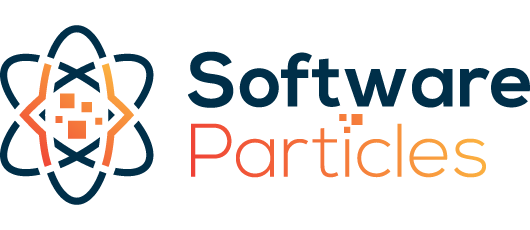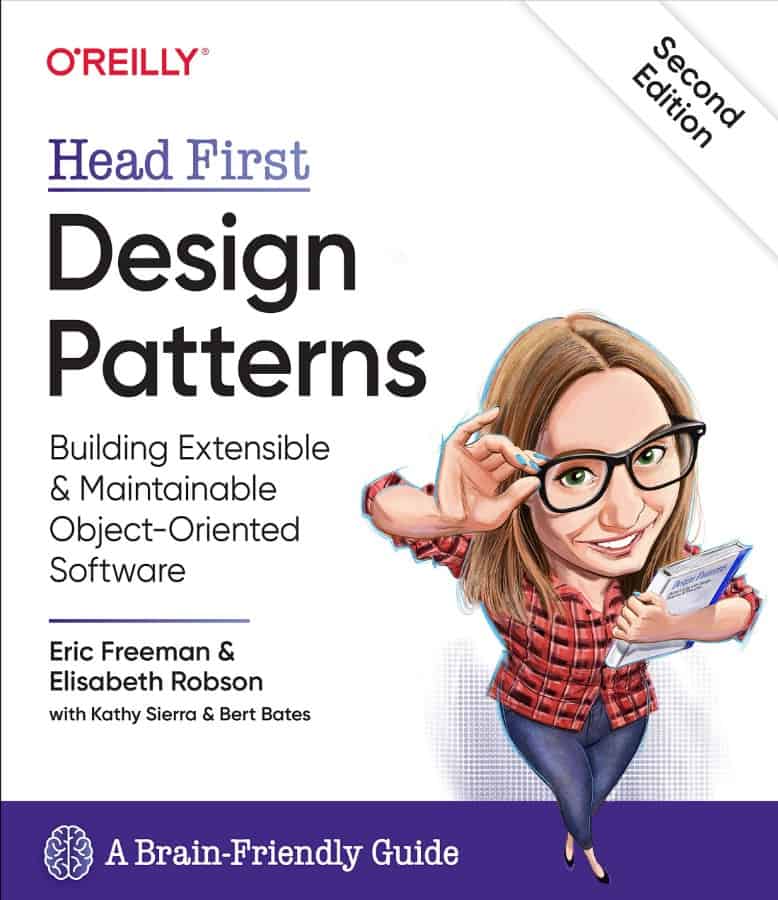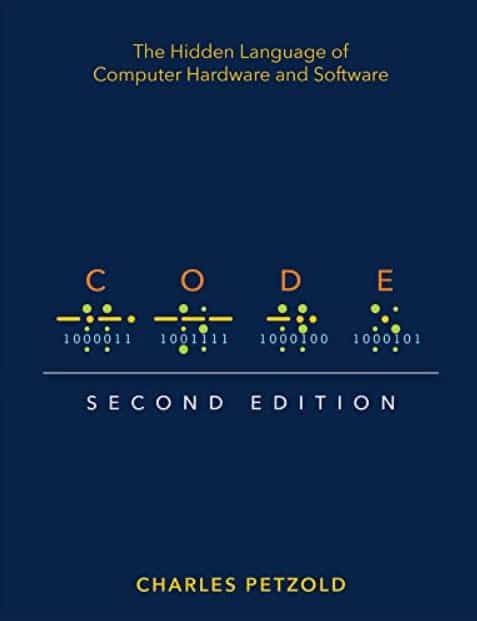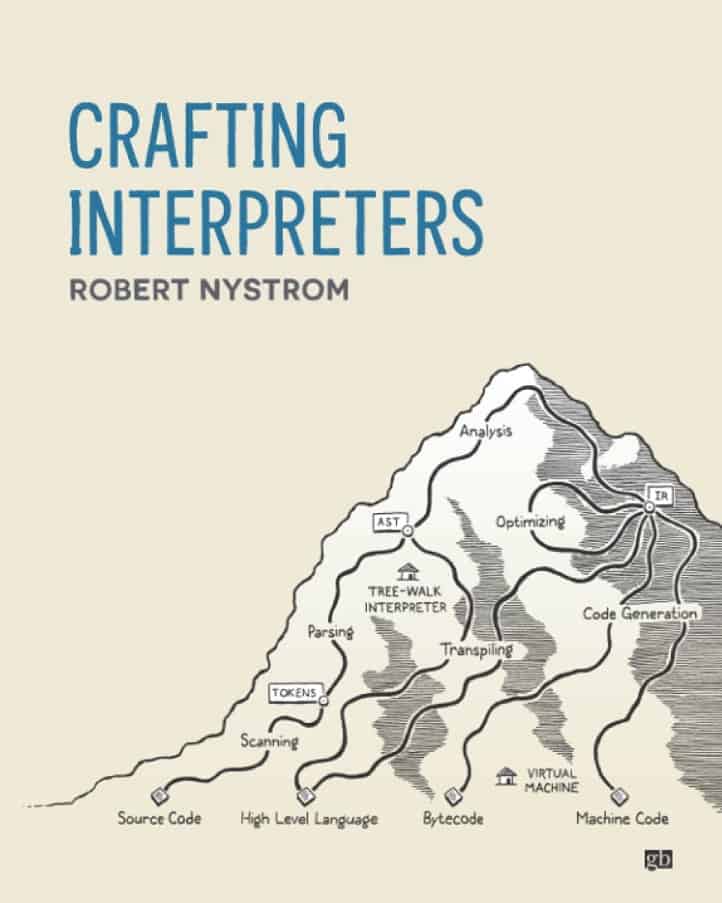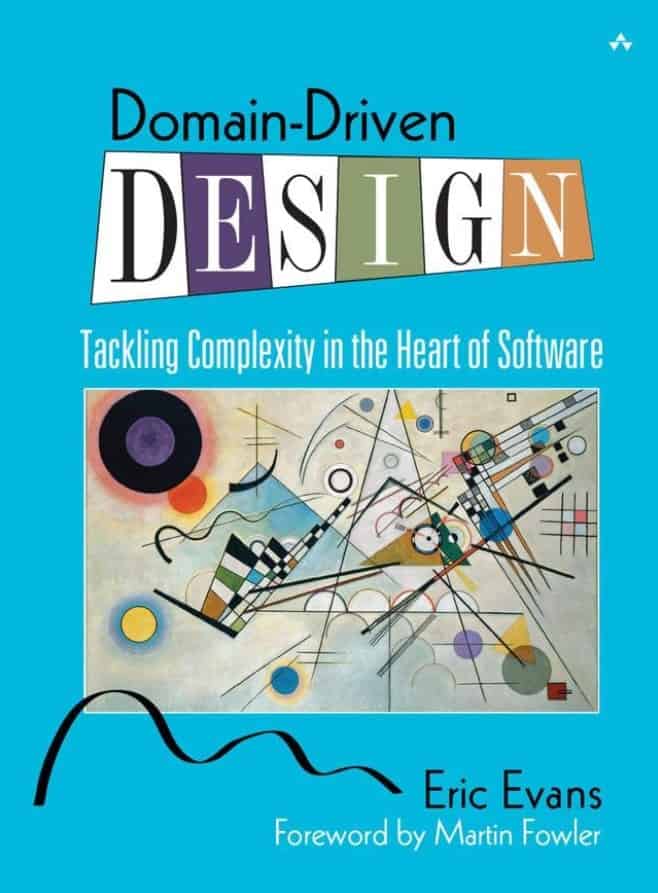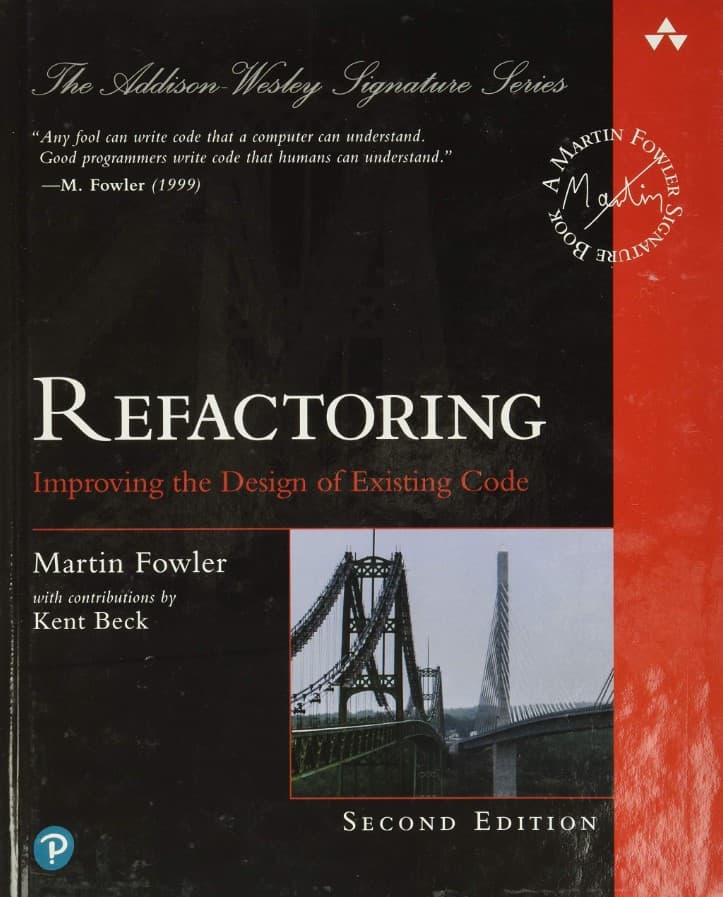When it comes to enhancing your software engineering skills, I firmly believe that nothing compares to the value of a good book. In this article, I’ll provide reviews of some of my top books I found invaluable in the domain of software engineering. While there are other excellent resources out there, I focus on recommending material that have personally read and has shaped my own understanding and knowledge about programming.
Rather than focusing on a specific programming language, I’ve put together a comprehensive list of books that helped me understand programming principles, regardless of the language used. These books delve into the world of well-designed code and provide guidance on creating applications that are flexible and easy to maintain.
* This site contains product affiliate links. We may receive a commission if you make a purchase after clicking on one of these links. We appreciate your support.
- Clean Code: A Handbook of Agile Software Craftsmanship
- Head First Design Patterns: Building Extensible and Maintainable Object-Oriented Software
- Code: The Hidden Language of Computer Hardware and Software
- Crafting Interpreters
- Domain-Driven Design: Tackling Complexity in the Heart of Software
- Agile Principles, Patterns, and Practices in C#
- Refactoring: Improving the Design of Existing Code
Clean Code: A Handbook of Agile Software Craftsmanship
Review
Clean Code is not just about writing functional code for the present; it’s about designing software that can adapt and evolve in the future with minimal effort. This book emphasizes the importance of identifying and abstracting concepts from the problem at hand, translating them into cohesive classes, interfaces, and components with well-defined relationships and interactions. It also delve into Design Patterns and design principles like Single Responsibility Principle.
Moreover, it highlights the importance of code readability and expressiveness in software, and demonstrates how to refactor complex and convoluted code into simpler, more elegant solutions.
Finally, the book discusses the importance of test-driven development (TDD) and the role of automated testing in ensuring code correctness and robustness.
Head First Design Patterns: Building Extensible and Maintainable Object-Oriented Software
Review
Head First Design Patterns is a well-crafted book that explores major design patterns comprehensively and intuitively. Part of the highly regarded Head First series, this book provides many examples paired with many visual elements and good writing techniques, that make it very understandable and memorable.
It not only explains each design pattern in depth but also demonstrates how multiple patterns can be combined to create more capable designs. Additionally, the book addresses common questions and concerns that arise when integrating design patterns into day-to-day work.
Code: The Hidden Language of Computer Hardware and Software
Review
Although not directly related to programming, Code deserves a place on this list for its unique perspective. This book shows how you can build a processor beginning with just a couple of wires, a battery and a lightbulb. You will learn how processors operate, their functions they implement, and the fundamental principles of Boolean algebra and digital circuits that underlie all microprocessors.
Written in a highly educational and instructive manner, Code equips readers with knowledge on designing modular systems with loosely coupled components.
Crafting Interpreters
Review
Crafting Interpreters is one of my favorite books. This book stands out due to its intuitive and incremental approach to teaching complex concepts. The content is well-structured and streamlined, making it easy for readers to follow along. It guides readers through building an interpreter from scratch, covering each phase, from tokenizing code text to parsing tokens and executing code. The book teaches how to parse a language with specific syntax and execute it. It presents two approaches to interpreter design, with the first half focusing on a tree-walker interpreter and the second half exploring a byte-code compiler.
You can also find a free version of the book here
Domain-Driven Design: Tackling Complexity in the Heart of Software
Review
A book that combines design principles and design patterns together in order to build a robust domain layer separated from the UI, persistence and other components. It shows another aspect of software, one that each concept you model in your software should play a key role in the problem you are solving and are part of the most important component of your software, the business/domain layer.
This book is the base of all modern microservices architectures because it teaches you how to structure your application in such a way that different domains are separate from each other and can grow and change independently. You will learn how you should design a bounding context and how this context can communicate with others. This way you will have clearer seems inside your application that allow you to scale your software more easily.
Agile Principles, Patterns, and Practices in C#
Review
One of the best books about software engineering I have ever read. The book addresses what a good software design is and how to achieve that, it gives many example cases where discusses which design patterns are more suitable for each problem. Also, you’ll develop a strong understanding of agile development and SOLID principles, upon which all sound software design and Design Patterns are built.
Additionally, The authors also explain the importance of refactoring and guide you on when and how to apply it effectively. The book provides valuable insights into testing methodologies, including test-driven development (TDD).
Lastly, you’ll learn about UML diagrams and discover how to transition from diagrams to actual code.
Refactoring: Improving the Design of Existing Code
Review
One of the best books about refactoring. This book provides an extensive collection of examples and cases that demonstrate the implementation of proper refactoring techniques. As a software engineer, it is crucial to not only focus on the initial development process but also ensure that your code remains scalable and readable in the long run. Refactoring plays a major role in achieving this goal.
The book guides readers through the art of transforming existing code into a more efficient and maintainable form. It delves into various refactoring patterns and methodologies, offering valuable insights into when and how to apply them. By following the principles outlined in this book, you will learn how to improve the structure, clarity, and performance of your codebase.
